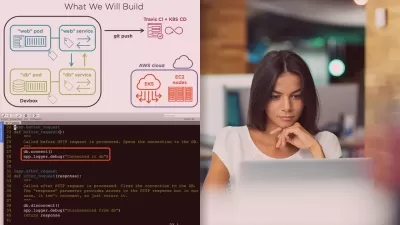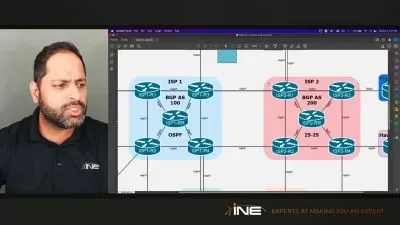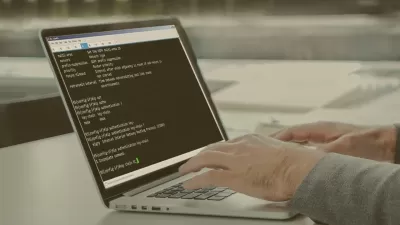Fundamentals of MPLS in Juniper
Mahmut Aydın
7:17:47
Description
with Configuration Samples in LAB Topology
What You'll Learn?
- Juniper MPLS Fundementals
- Labelled Packet Forwarding Mechanism
- LDP
- RSVP
- Traffic Engineering
- MPLS L3VPN
- VPLS
Who is this for?
What You Need to Know?
More details
DescriptionIn this course, you are going to learn details of MPLS technologies and how to configure MPLS in Juniper.
MPLS is really important technology which is used in wide area of Service Providers and even in some enterprises. Actually, it is seen with multi-brunches customers to connect their network to central. But, as a network engineer, you have to know background of this technology even if you are not in service provider team.
This course starts with labeling mechanism and will continue with labeling signalling protocols such as LDP and RSVP. RSVP has more complexity comparison to LDP and you will learn all details of them.
We will build together large MPLS topology and configure all router by starting IGP protocol OSPF and advertise routes of loopbacks.
Then we will enable MPLS and try to communicate customer end sider in MPLS L3VPN. In last chapter, we will touch on VPLS also.
VPLS provides you point-to-multipoint communication as if your clients in same broadcast LAN network. We will work VPLS using BGP and VPLS using LDP configuration. Also we will mention about their difference and why we use for which reason.
I will add some small quiz for you in order to make you understand concept of technology
I hope this course will help you and you will like it.
Have an enjoy!
Regards,
Who this course is for:
- Network Engineers
In this course, you are going to learn details of MPLS technologies and how to configure MPLS in Juniper.
MPLS is really important technology which is used in wide area of Service Providers and even in some enterprises. Actually, it is seen with multi-brunches customers to connect their network to central. But, as a network engineer, you have to know background of this technology even if you are not in service provider team.
This course starts with labeling mechanism and will continue with labeling signalling protocols such as LDP and RSVP. RSVP has more complexity comparison to LDP and you will learn all details of them.
We will build together large MPLS topology and configure all router by starting IGP protocol OSPF and advertise routes of loopbacks.
Then we will enable MPLS and try to communicate customer end sider in MPLS L3VPN. In last chapter, we will touch on VPLS also.
VPLS provides you point-to-multipoint communication as if your clients in same broadcast LAN network. We will work VPLS using BGP and VPLS using LDP configuration. Also we will mention about their difference and why we use for which reason.
I will add some small quiz for you in order to make you understand concept of technology
I hope this course will help you and you will like it.
Have an enjoy!
Regards,
Who this course is for:
- Network Engineers
User Reviews
Rating
Mahmut Aydın
Instructor's Courses
Udemy
View courses Udemy- language english
- Training sessions 20
- duration 7:17:47
- Release Date 2024/10/29










